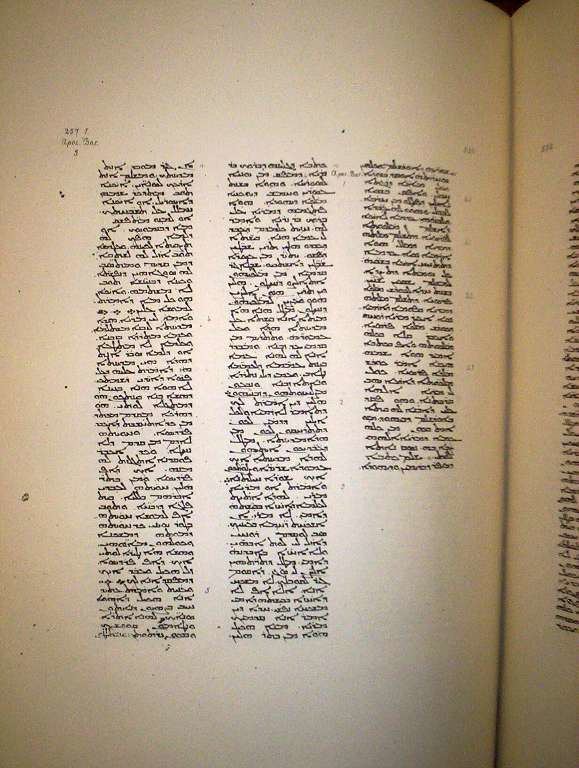 | ||
Similar Codex Argenteus, Gothic Bible, Hexapla, Codex Guelferbytanus A, Codex Claromontanus | ||
The Codex Ambrosianus refers to five manuscripts, c. 6th-11th century CE, written by different hands and in different alphabets. The codices contain scattered passages from the Old Testament (Nehemiah) and the New Testament (including parts of the Gospels and the Epistles), as well as some commentaries known as Skeireins, rare survivals in the Gothic language. It is therefore likely that the text had been somewhat modified by copyists.
Codices
The Codex Ambrosianus consists of five manuscripts, referred to as Codex Ambrosianus A, Codex Ambrosianus B, Codex Ambrosianus C, Codex Ambrosianus D and Codex Ambrosianus E. The Codex Ambrosianus A, B and C are located in the Biblioteca Ambrosiana in Milan, Italy.
Codex Ambrosianus A contains parts of the Epistles and the Gothic Calendar. It consists of 204 pages, of which 190 are legible, 2 are illegible and 12 are empty.
Codex Ambrosianus B contains parts of the Epistles, and consists of 156 pages, of which two are empty. The Codex Ambrosianus B.21 is written in Syriac language and script. It is the basis of the Leiden Peshitta critical edition of the Peshitta Old Testament (Leiden siglum 7a1). Nominally dated to the 7th century, the consensus is that it is not older than the 6th century. It contains Apocrypha, 4 Ezra, 2 Baruch, 3 and 4 Maccabees, and a part of Josephus on the Maccabees.
Codex Ambrosianus C consists of two leaves and contains fragments of chapters 25 to 27 of the Gospel of Matthew.
